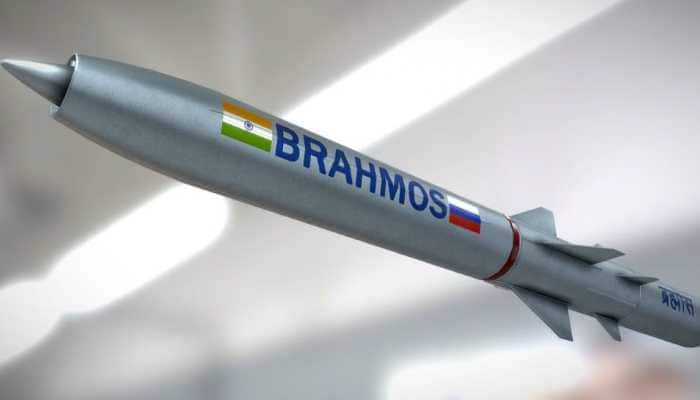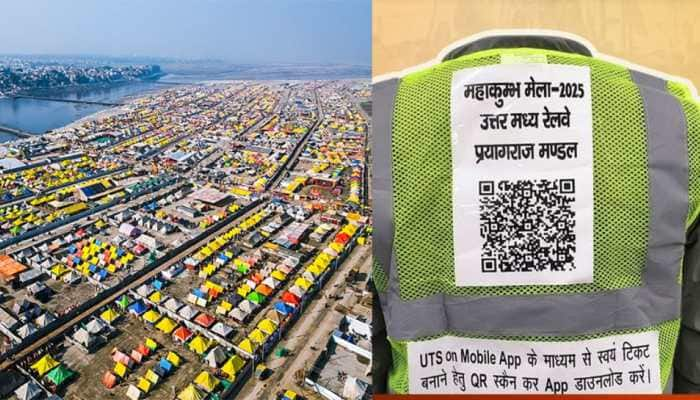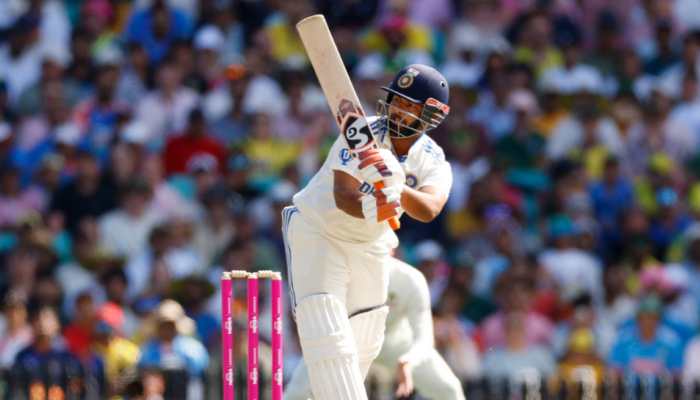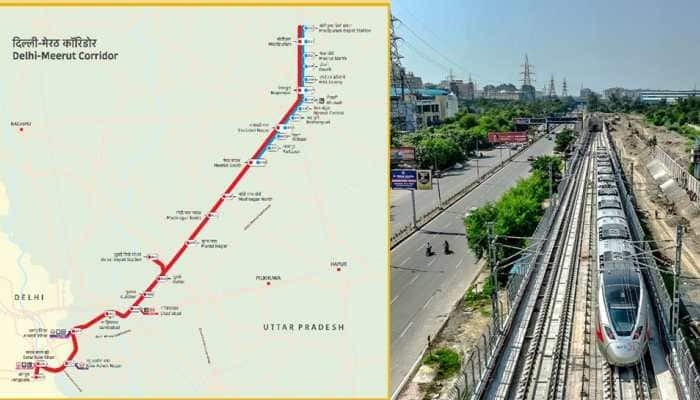Legendary Bengal famine photographer dies at 96
Sunil Janah, who documented the Bengal famine of the 1940s with his black-and-white camera and shot to instant fame, has died in the US.
Trending Photos
)
New Delhi: Legendary progressive photographer Sunil Janah, who documented the Bengal famine of the 1940s with his black-and-white camera and shot to instant fame, has died in the US. He was 96.
Janah died of age-related causes Thursday at his home in Berkeley in California. He is survived by son Arjun, who lives in Brooklyn, said Ram Rahman, a senior functionary of the Safdar Hashmi Memorial Trust, which has been archiving Janah`s photographs.
Janah`s wife Shobha died a few weeks ago.
Born in Assam in 1918, Janah grew up in Kolkata. He went to St. Xavier`s College and Presidency College in Kolkata and joined the Left inspired students` movement. When the ban on Communists was lifted by the British, he caught the eye of the Communist Party`s general secretary P.C. Joshi.
Joshi recognised Janah`s talent for amateur photography and persuaded him to abandon his English studies and travel with artist Chittoprasad across Bengal to photograph the famine of 1943.
Janah`s photographs of the famine published in the party journal People`s War brought him instant fame because of the horror the young lensman had captured through his camera.
He moved with Chittoprasad to live in the party commune in then Bombay, where both were closely associated with the Progressive Writers Association (PWA) and the Indian People`s Theatre Association (IPTA).
Janah had become the most famous photographer of India by then and was sought out by Life magazine`s Margaret Bourke White, with whom he formed a unique working relationship in 1945.
He was a founding member along with Satyajit Ray, Chidananda Das Guptaand Hari Das Gupta of the Calcutta Film Society. Satyajit Ray designed Janah`s first book of photographs, "The Second Creature" (Signet Press) in 1949.
In Calcutta he started photographing dance and dancers and later documented tribes of India with iconic anthropologist Verrier Elvin.
The government awarded Janah a Padma Shri in January 2012, mistakenly awarding him the same honour that Indira Gandhi had given him in 1974.
The government then upgraded it to a Padma Bhushan. The award had not yet been presented to Janah by the consul general in San Fransisco at the time of his death.
"In my view, his work is the defining epic document of the last decade of the freedom struggle and the first decade of free India. But Janah was very bitter at his work being extensively used without payment or credit," Ram Rahman said.
This bitterness made him a recluse in later life and led to the huge body of work being hidden from public view for decades.
Two years ago, Janah`s photographs of Gandhi and the famine were exhibited at the Teen Murti Bhavan by SAHMAT.
IANS
Stay informed on all the latest news, real-time breaking news updates, and follow all the important headlines in india news and world News on Zee News.
Advertisement
Live Tv
Advertisement







)
)
)
)
)
)
)
)
)
)
